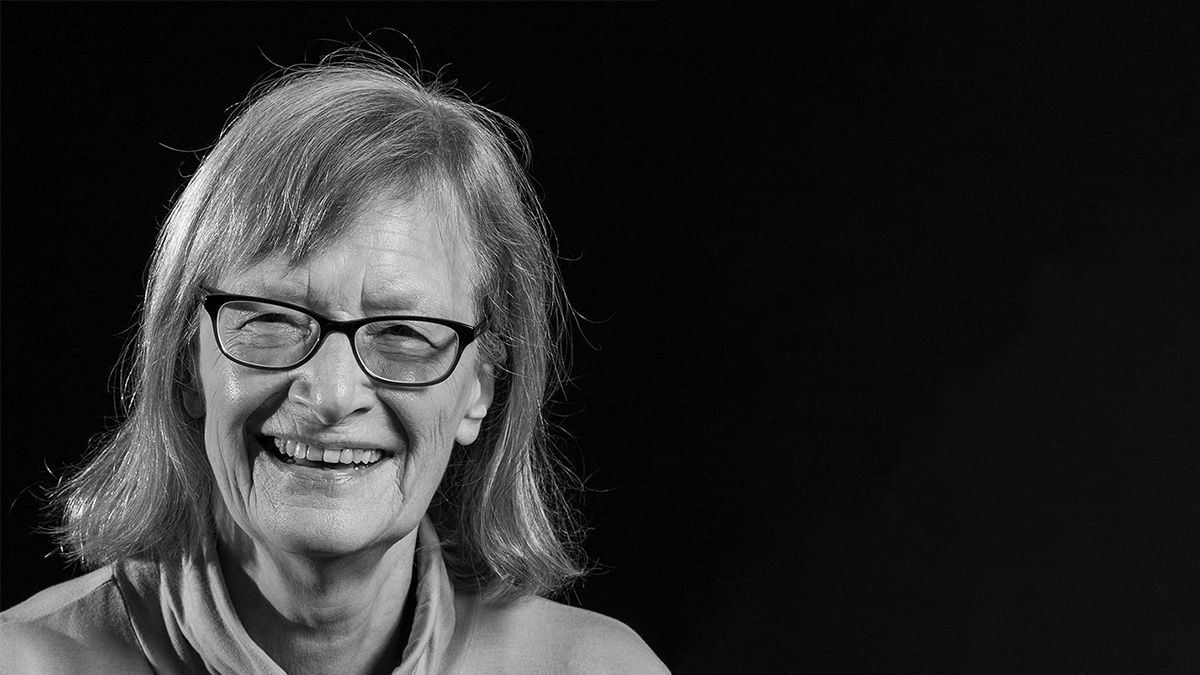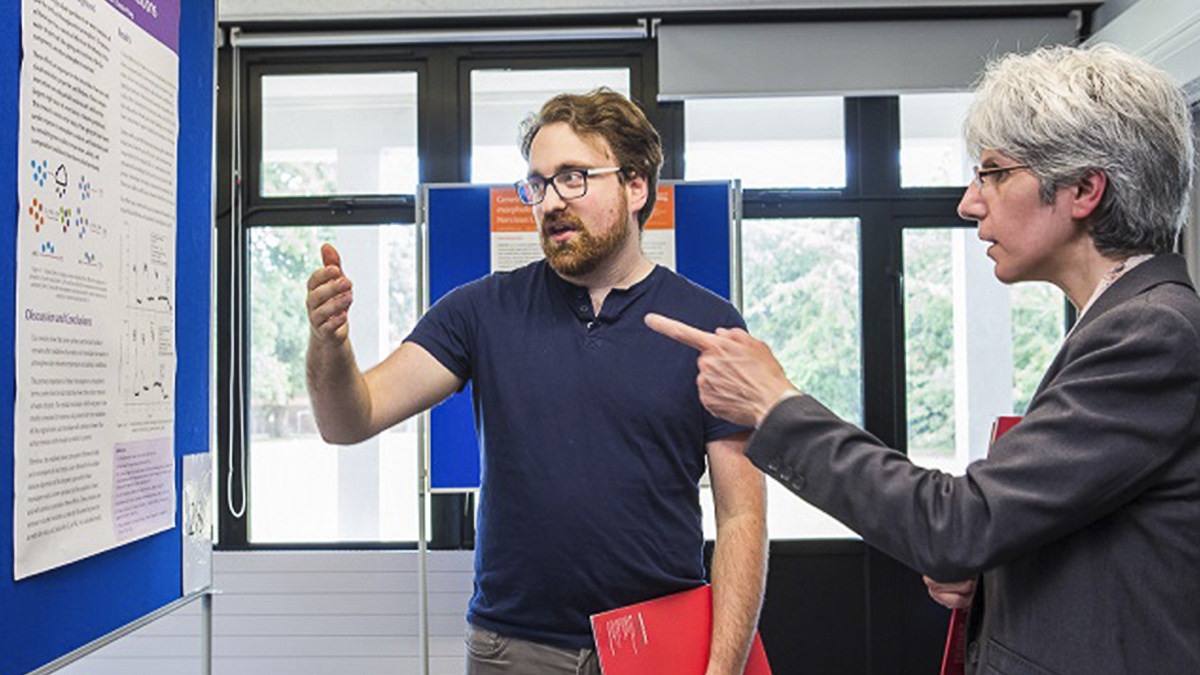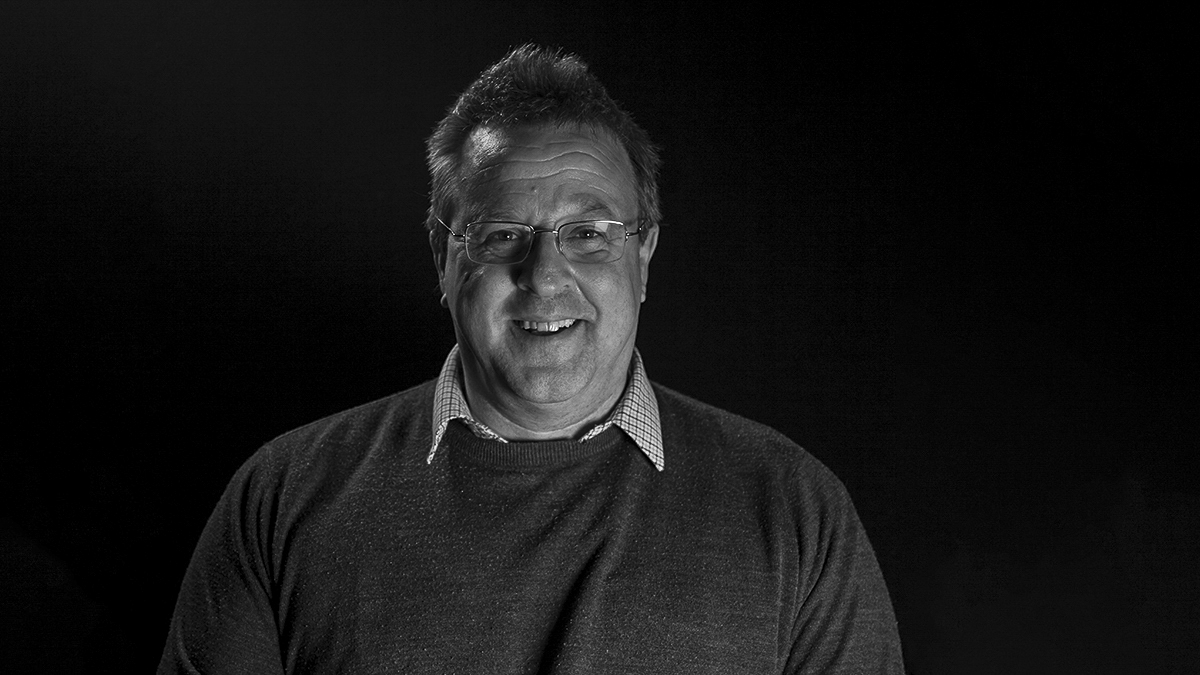As a chemistry student at Reading, you can visit Diamond Light Source. The synchrotron accelerates electrons up to very high speeds, producing focused beams of light that are around 100 billion times brighter than a standard hospital X-ray machine or 10 billion times brighter than the sun.
We can use the light to study a wide range of chemical and biological structures at the atomic and nanoscale.
"Working with Diamond Light Source is inspirational. Everybody you take there gets very excited by the terrific sense of the potential at what you could do on an enormously powerful instrument like that.
"You're visiting a very large facility and you're a small drop in a large scientific ocean. We've taken many student groups there – they all love to go, and of course we've got some really exciting scientific results out of it.
"These visits are very good for their theses, and can even help them get a job after graduation. I think it looks really good on students' CVs, and it's excellent for them to have exposure to something on this scale."
Christine and her colleagues also work closely with the Central Laser Facility. With this equipment we can see the first step in DNA damage, caused by some compounds from the same class.
As the electrons move around, they can be followed on timescales as short as picoseconds. The neat thing is to relate the static structure from X-rays to these very fast processes.
Both Diamond Light Source and the Central Laser Facility are located just 30 minutes from the University, on the Rutherford Appleton Laboratory site in Oxfordshire.





